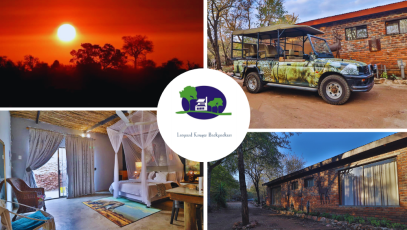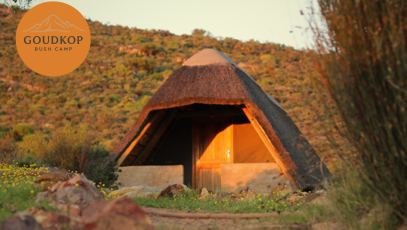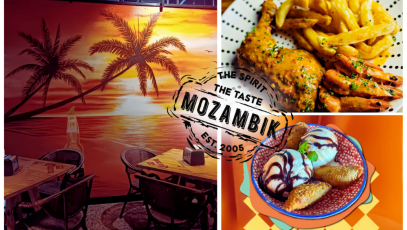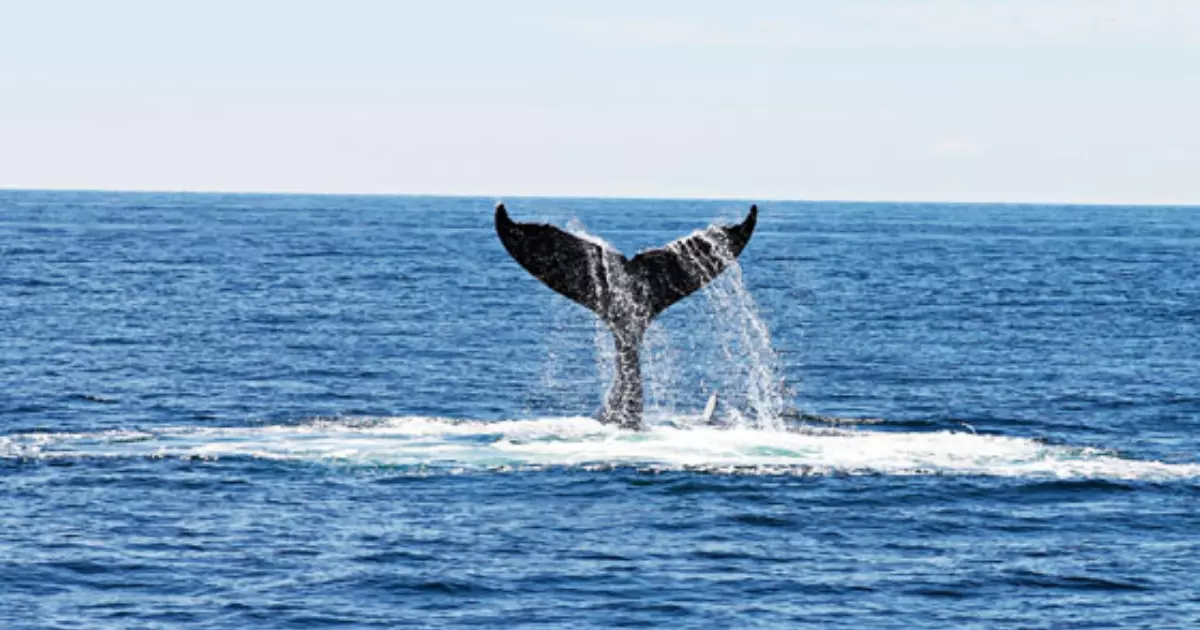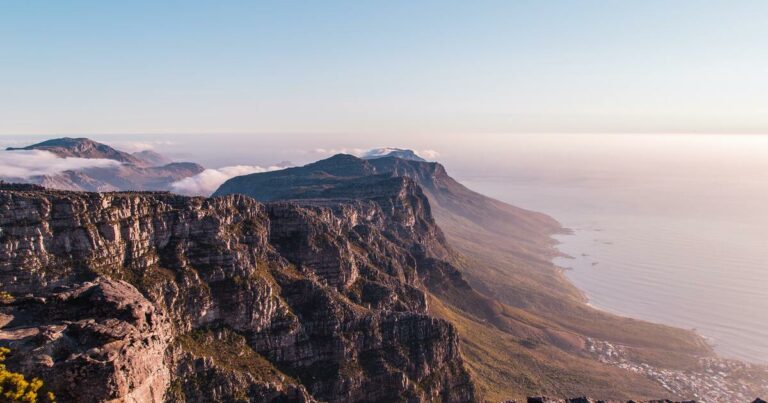It’s officially whale-watching season in South Africa and whether you’re a die-hard nature enthusiast or someone who has merely skimmed an episode of David Attenborough’s Blue Planet, this is a can’t-miss experience.
Whale season generally occurs every June to November as a result of whales migrating from their icy feeding grounds of Antarctica to warmer areas. Our waters host them while they mate, calve and rear their young. This gives us spectacular displays and sometimes, up-close encounters.
The best place to view them at this time is usually the Cape South Coast. Common sightings include Southern right, Humpback and Bryde’s whales, while dolphins and seals are often also in the mix. If you’re lucky, even a mysterious orca or two.
Do You Know How These Whales Got Their Names?
Southern right whales: Back when whale hunting was a popular and lucrative business, Southern right whales were considered the ‘right whales’ to hunt because they have slow swimming speeds and their carcasses float. This made it easier for whalers to pull them onto ships and to shore to boil the blubber for oil. Thankfully they became a protected species in 1935.
Humpback whales: This name came about as a result of their various humps, and their dorsal fin. The Humpback’s fin sits on a large ‘hump’ on the back.
Bryde’s whales: Named after a Norwegian consul, Johan Bryde, who helped establish the first whaling station in Durban. Generally considered a very shy species, they are difficult to spot as they dive for long periods.
Depending on where you are on the coast, you can enjoy the views of whales jumping and splashing about from either the land, a boat tour, or with a plane.
Popular destinations for whale watching include False Bay, Plettenberg Bay, Cape Agulhas, Wilderness, Elands Bay and Hermanus. These areas are rated by the World Wildlife Fund as one of the twelve best whale watching locations in the world.
The popular town is so whale-obsessed it even has its own Hermanus Whale Festival, taking place from the 28th to the 30th September this year.
Also Read: Explore Johannesburg Zoo
Feel Like an Expert With This Whale Watching Terminology
Blowing – the sound a whale makes when expelling air through its blowhole as it breathes on the surface.
Breaching – when a whale jumps out of the water and lands with a large splash, often multiple times in succession. This is thought to be a means of communication or exercise, or is possibly a way for whales to scratch themselves.
Lobtailing – the whale slaps its fluke or tail on the water, making a loud splashing sound, probably as a means of communication.
Spy hopping – the whale lifts its head, flippers and body vertically above the surface, which allows the curious mammal to see what is happening above the water, and gives you a good view of it.
Important: If you choose to take a tour to see the whales up close, it’s important to ensure you use a licensed establishment, meaning that it complies with strict regulations such as those set out in the Marine Living Resources Act. Remember that whales are sensitive and vulnerable animals, and you are a visitor in their habitat.
Check Out These Great Accommodation Deals Near This Year’s Whale Watching Action:
A Seaside B&B Escape – Hermanus
A Beach Cottage-style Stay along the Garden Route – Plettenberg Bay
A B&B stay for 2 with sea views – Gansbaai
Stay for 2 in the quaint seaside town of L’Agulhas – L’Agulhas
Romantic coastal getaway for two including breakfast – Langebaan
Please note: deals were available and accurate at the time of publishing.
Also read:

